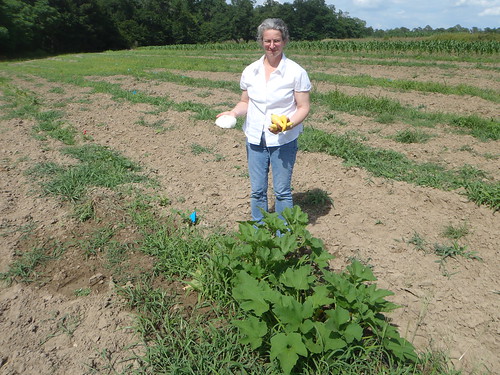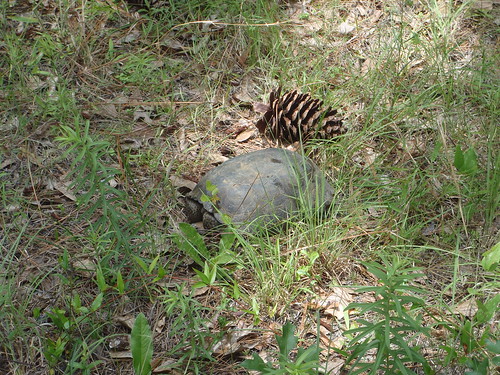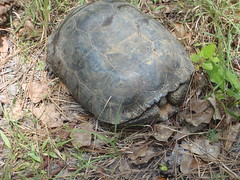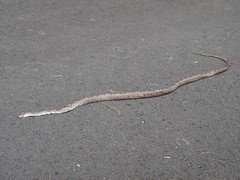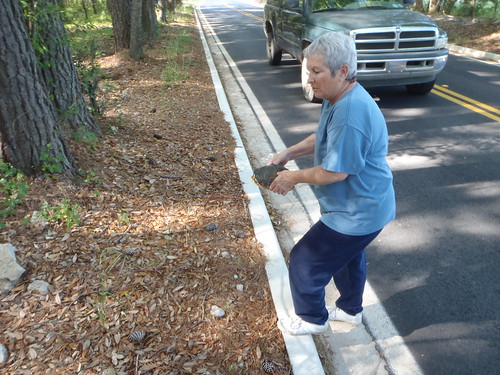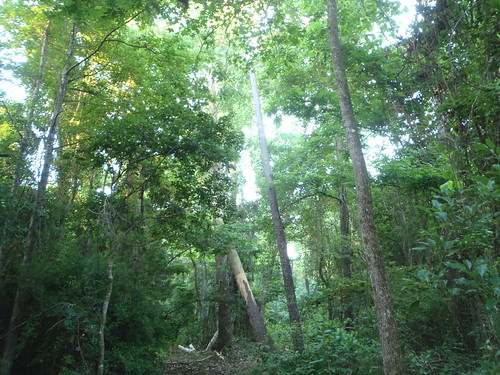 Alex J. Chepstow-Lusty talks about a tree from Peru,
“huarango, a tree that lives in highly arid zones and stabilizes the soil with some of the deepest roots of any tree known-and can live up to 1000 years”:
Alex J. Chepstow-Lusty talks about a tree from Peru,
“huarango, a tree that lives in highly arid zones and stabilizes the soil with some of the deepest roots of any tree known-and can live up to 1000 years”:
“At the bottom of the profile, I found lots of huarango pollen. This indicates that large forests were originally growing in that area.Hm, around here we’ve only seen a 700-year flood last year. When it happens again in a year or so, what will we call it?Subsequently, I saw cotton pollen and other weeds, but still a lot of huarango pollen. It seems at this stage farming was in balance with the environment,” Chepstow-Lusty said.
Then, about 400 A.D., the Nazca apparently stopped growing cotton, switching to large crops of maize.
The researchers found a major reduction of huarango pollen, indicating that people started clearing the forests to plant more crops.
But the agricultural gain from clearing forests was short-lived. When a mega El Nino event hit the south coast of Peru in about 500 A.D., there were no huarango roots to anchor the landscape.
The fields and canal systems were washed away, leaving a desert environment. Today, only pollen from plants adapted to salty and arid conditions can be found, Chepstow-Lusty said.
“The bottom line is that the Nazca could have survived the devastating El Nino floods had they kept their forests alive. Basically, the huarango trees would have cushioned that major event,” Beresford-Jones said.
